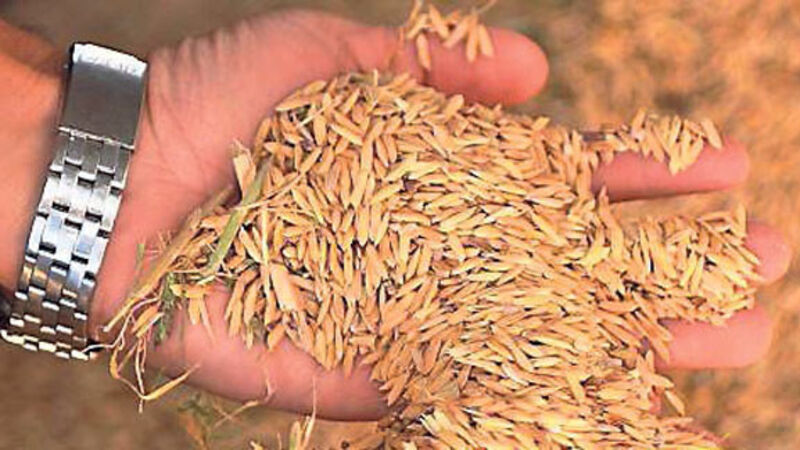Q. Could you explain the theory behind the acid-alkaline diet?

As you have found, there are many different approaches, and some of the information can be quite conflicting – particularly when it comes to putting foods into categories of acid-forming or alkalising. Alkaline diets are often considered when people have chronic conditions, or if they are dealing with a serious disease or illness.
The premise is that disease cannot survive and thrive in an alkaline body, whereas a diet high in acid foods will feed the illness and trigger inflammation. The dietary guidelines usually recommend a balance of 80% alkalising foods and 20% acid-forming foods.
In general, wholefoods, fermented foods, and sprouted foods are considered to be alkalising; sugar, alcohol, coffee, tea, dairy, non-sprouted grains, and meat are acid-forming. Acid-forming foods are not all ‘bad’ or ‘junk’ foods, it is a simple case of finding a balance within the diet.
Minerals in our foods are the main way in which the pH of a food is determined – calcium, magnesium, silica, and iron are all highly alkalising, whereas phosphorus, chlorine, iodine, and nitrogen are acidifying.
It is worth noting that the mineral content is not evenly distributed throughout the plant, but certain minerals will be more concentrated in the leaves, stem, root, petals, fruits, seeds etc. Roots and seeds tend to contain acid-forming minerals (wheat grains are high in phosphorus), while leaves, stems, petals, and husks tend to have alkaline-forming minerals present (wheat husks are rich in silica).
This way of eating can be very useful if your body is in fact testing as being overly acidic. Even a vegetarian diet high in grains and dairy will swing towards acid- forming if plenty of greens and fresh produce are not included. Rather than aiming for an alkaline system, it makes more sense to choose alkaline-forming foods in order to shift the balance.
Using pH test strips, aim for a result of about 7-7.5, which is basically neutral, or ever so slightly alkaline. The best place to start when embarking on an alkaline diet is the website, www.energiseforlife.com. Check out their five simple steps to get started – which also includes a fabulous downloadable acid-alkaline food chart.
Restless Legs Syndrome (RLS), a neurological disorder, is characterised by an overwhelming urge to move the legs in order to relieve the discomfort caused by a deep tingling, aching or burning sensation.
Calcium plays a role in this disorder; however, it is the magnesium/calcium ratio that needs to be balanced, rather than supplementing with calcium. Typically RLS is the result of an excess of calcium in the system, so if you are already taking a calcium supplement, it may be that you need to reduce the dosage.
Many sufferers find that taking between 300-400mg of magnesium daily works to relax the muscles and nerves and relieve the symptoms. Another nutrient that is found to be deficient in many RLS cases, is folate. Foods rich in this nutrient include asparagus, spinach, and kale, or you could supplement with folic acid.
Stretching exercises can help to increase blood flow to the extremities – whether it be a few simple stretches performed on a daily basis, or a more thorough yoga or pilates session.
Massaging your calves and thighs every night about an hour or two before bedtime should also help – particularly if you use a balm or oil formulated to assist with improving circulatory function.





